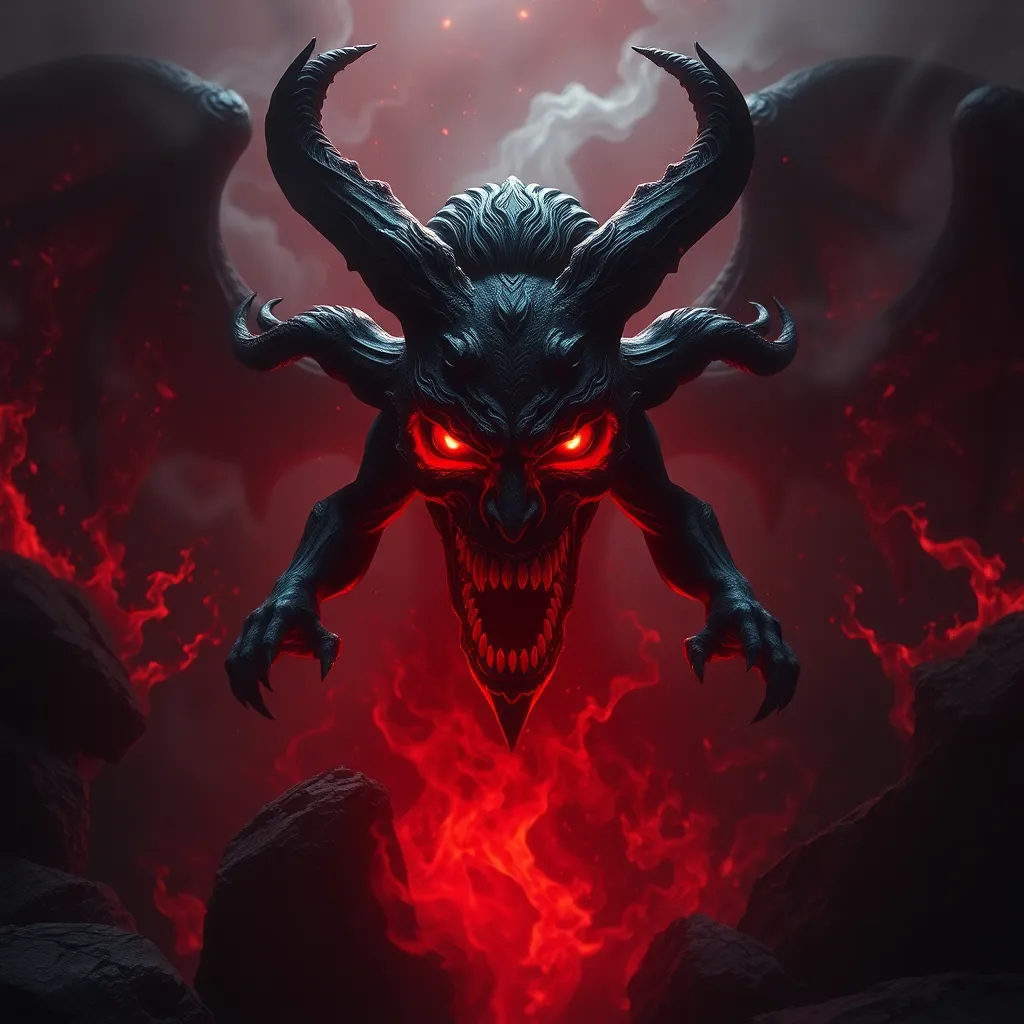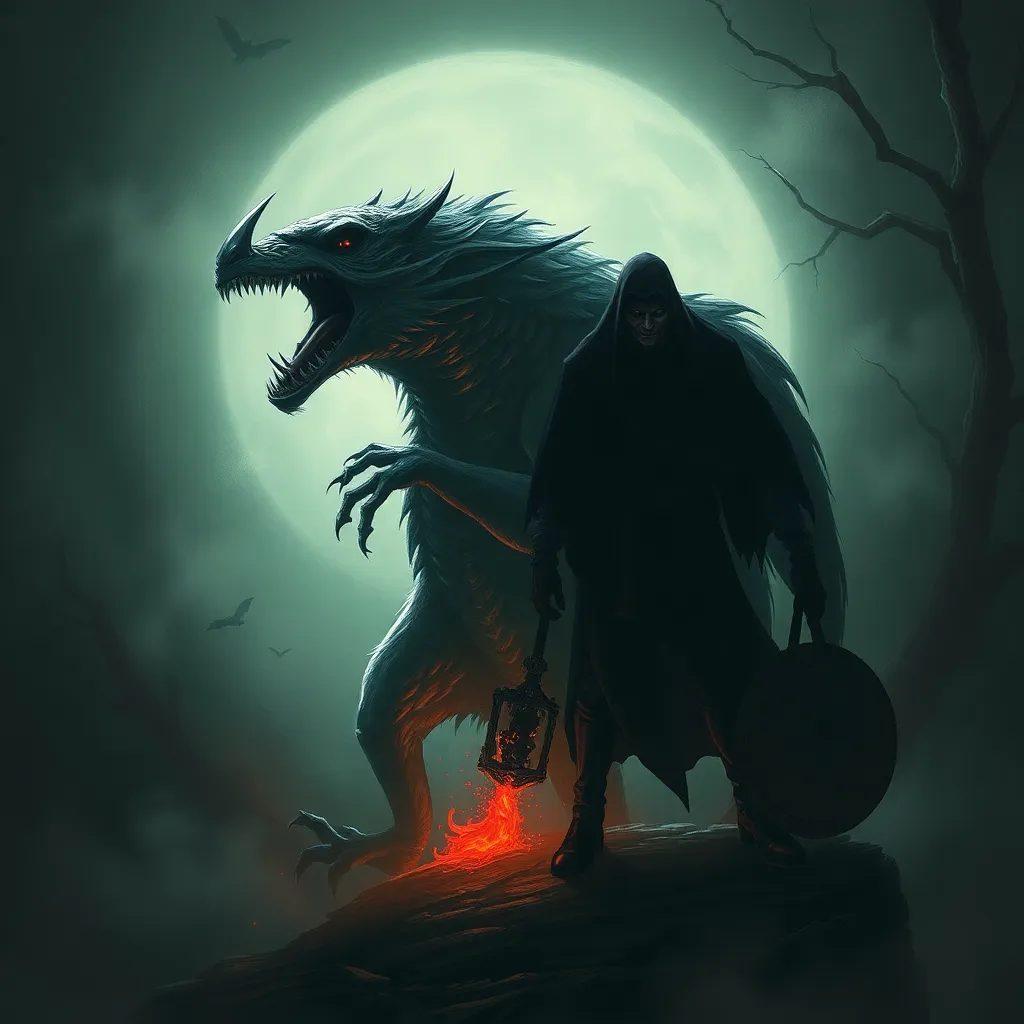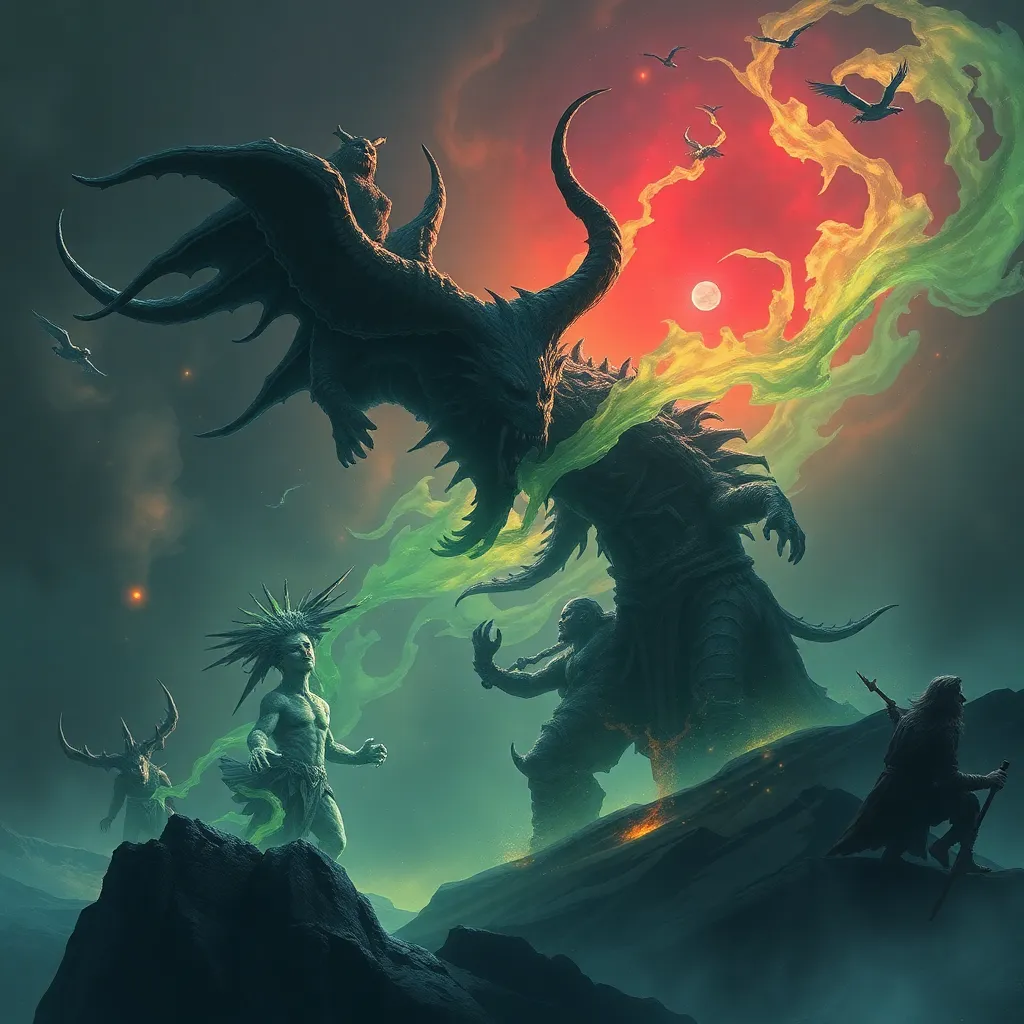The Reanimated Dead of the South Pacific: Unveiling the Myth of the Tikbalang
I. Introduction
The Tikbalang is a fascinating figure deeply rooted in the folklore of the South Pacific, particularly within Filipino culture. This mythological creature captures the imagination with its blend of human and animal traits, embodying the complexities of cultural identity and the rich tapestry of local legends.
Folklore plays a critical role in shaping cultural narratives, providing insights into societal values, fears, and beliefs. The Tikbalang myth serves as a conduit for understanding these elements, representing not only a creature of fear but also a symbol of resilience and community.
This article aims to explore the Tikbalang as a multifaceted symbol of cultural identity, examining its origins, characteristics, cultural significance, and its place in contemporary society.
II. Origins of the Tikbalang Legend
The Tikbalang has historical roots in Filipino mythology that date back centuries. It is often described as a creature that inhabits forests and mountains, leading travelers astray. The legend of the Tikbalang likely originated from a blend of indigenous beliefs, animism, and early Spanish influences during colonization.
The Tikbalang tale has evolved through oral traditions, with stories passed down from generation to generation. Each storyteller adds their unique flair, leading to a variety of interpretations:
- In some regions, the Tikbalang is seen as a trickster, while in others, it is viewed as a guardian of the forest.
- Regional variations include differences in the myth’s moral lessons and the creature’s interactions with humans.
III. Physical Characteristics and Abilities
The Tikbalang is often depicted with a distinctive appearance that merges equine and human traits:
- Horse-like features: The creature typically has the body of a tall, slender horse, characterized by long limbs and a mane.
- Human traits: The Tikbalang’s face often resembles that of a human, with pronounced features that evoke both fear and fascination.
Beyond its physical form, the Tikbalang is renowned for its supernatural abilities:
- Shape-shifting: It is believed that the Tikbalang can change its form, often transforming into a human or other animals to confuse or mislead travelers.
- Influence over travelers: The creature has the power to alter paths and create illusions, leading those who encounter it to lose their way.
IV. Cultural Significance of the Tikbalang
The Tikbalang holds a prominent place in local folklore, serving as a subject of various stories that entertain and educate. These tales often carry moral lessons, warning against arrogance or disrespect toward nature.
Symbolically, the Tikbalang represents the relationship between humans and the natural world:
- It embodies the idea that nature is both beautiful and dangerous, deserving of respect.
- The Tikbalang’s role in folklore emphasizes the importance of understanding and coexisting with the environment.
In addition to oral traditions, the Tikbalang has significantly influenced art, literature, and popular culture, inspiring:
- Visual artworks depicting its eerie beauty.
- Literary works that explore themes of identity and nature.
- Modern adaptations in films and television, showcasing its enduring legacy.
V. The Tikbalang in Modern Context
In contemporary society, the Tikbalang is reimagined through various lenses, reflecting changing perceptions and cultural dynamics. As globalization spreads, the myth encounters new interpretations:
- Some view the Tikbalang as a relic of the past, while others embrace it as a symbol of national identity.
- Social media and digital storytelling have allowed for widespread sharing of Tikbalang tales, fostering a renewed interest in folklore.
Popular media references and adaptations have also emerged, showcasing the Tikbalang in:
- Movies that blend horror and fantasy elements.
- Animated series aimed at younger audiences, promoting cultural heritage.
VI. Myths vs. Reality: The Psychological Perspective
The Tikbalang can be interpreted psychologically as an archetype representing fear and the unknown. This creature embodies the universal human experience of confronting the mysterious aspects of life.
Myths like that of the Tikbalang serve essential functions in society:
- They help communities cope with fear and uncertainty, providing explanations for the unexplainable.
- They offer moral guidance and cultural teachings through engaging narratives.
When compared with other cultural myths worldwide, the Tikbalang shares similarities with figures like:
- The Wendigo in Native American folklore, symbolizing human greed and survival.
- The Banshee in Irish mythology, representing death and warning.
VII. The Tikbalang and Community Identity
As a creature of folklore, the Tikbalang serves as a unifying figure within Filipino culture. It embodies shared values and beliefs, fostering a sense of community and identity.
The Tikbalang is relevant in various cultural expressions:
- It is often featured in local festivals, celebrating cultural heritage and storytelling.
- Artisans create crafts and souvenirs inspired by the Tikbalang, reinforcing its role in community traditions.
VIII. Conclusion
In conclusion, the Tikbalang holds significant importance in South Pacific folklore, particularly within Filipino culture. Its multifaceted nature as a symbol of cultural identity, fear, and community illustrates the enduring power of myths in shaping narratives and societal values.
As we reflect on the Tikbalang’s significance, it is crucial to appreciate and preserve folklore as an integral part of cultural heritage. These stories connect us to our past and help navigate our present, ensuring that the spirit of the Tikbalang continues to inspire future generations.



